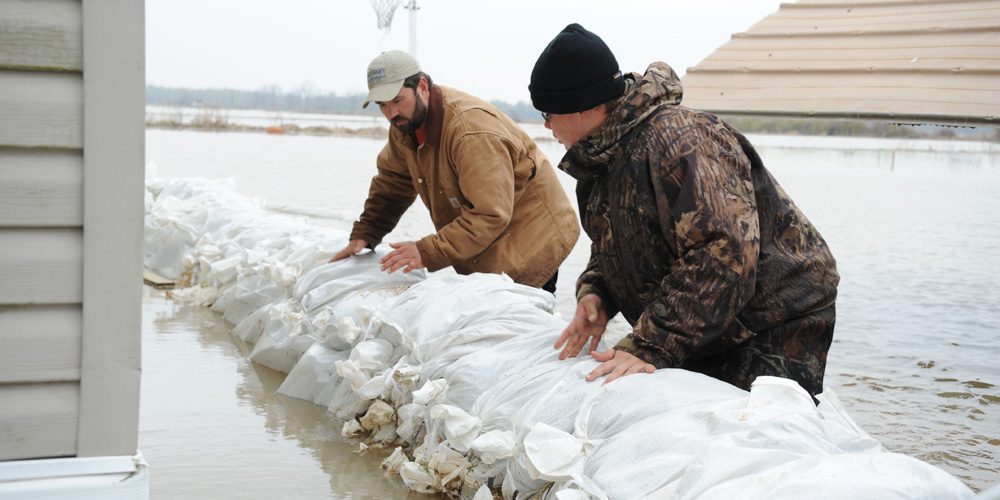‘Homelessness is not a natural disaster. It is a man made disaster.’ These were the words of Tim Richter, President & CEO of the Canadian Alliance to End Homelessness speaking at a recent Brunch & Learn hosted by UK charity Homeless Link. He had flown over from Canada to attend Crisis’ Annual Conference and I had the opportunity to hear him speak about the growing number of people across Canada who do not have a home.
Tim spoke about the emergency response triggered by natural disasters such as floods or earthquakes. This type of response, he told the room, is solution focused. It prompts multi-agency cooperation, community engagement and discussions around a future preventative approach.
When people are displaced during a flood, the response to rehouse them follows the same pattern. Multi-agency corporations provide shelter, bedding and supplies. The local community engage with clearing damaged properties and making them fit for purpose, and contingencies are put in place in case the water rises again.
Homelessness however, is not a natural disaster. It is a man-made disaster. And sadly for the hundreds of thousands of people who do not have a home, their plight does not trigger the same emergency response. But what if it did? What if the same sense of urgency and the same solution-focused approach was applied? What if multi-agencies worked together and communities got involved to help re-house everyone in need of a home, and a plan was put in place to prevent homelessness in the future?
He drew our attention to the Government cuts to welfare and a lack of investment in housing which has left 35,000 people living on the streets on any given night. When winter temperatures in Canada can dive as low as -30 degrees Celsius, this figure becomes even more frightening.
It was refreshing then, to hear about a city in England which is using some of these solution-focused emergency responses to do all it can to eliminate homelessness. Steve Hoey, CEO of Canopy Housing, a charity which has just been awarded £80,000 by LandAid to bring derelict properties back into use, spoke about community-led solutions to tackle homelessness in Leeds.
Charities and community projects across Leeds are working together under the banner of Leeds Community Homes. Their mission is to create 1,000 affordable homes over the next 10 years. To do this, they will adopt the multi-agency approach and work with the local authority to rent derelict properties. Canopy currently rents 64 houses from Leeds City Council for £1 per annum on 25 year leases and is working to increase these leases to 99 years so they effectively own the properties. This is a cost-effective relationship for both the charity and the local authority who are unable to spend the money refurbishing the properties themselves. This relationship with the council has enabled Canopy to keep their rents lower than other landlords and offer the cheapest fully-furnished rent in Leeds.
Not only this, but their community-led approach sees volunteers working with the tenants to refurbish the properties together before the tenant moves in. Plasterers, bricklayers, electricians and decorators all pitch in to teach new skills and transform the properties into homes. Not too dissimilar to those helping to distribute sandbags after a flood.
The end result sees a person who has been homeless gain practical skills, confidence and a sense of pride and ownership of their new home. The grant LandAid has provided will also pay for the salaries of two intensive support workers for those tenants who need further support in their new homes. Canopy knows that their model creates a sustainable tenancy; the average stay in one of their converted properties is 3 years, much longer than an average re-housing stay. This ongoing support and truly affordable rent helps to prevent the tenants falling back into homelessness, a cycle many struggle to escape.
We can learn a lot from these two speakers. If we can all pitch in to help those in urgent need during a natural disaster, shouldn’t we all feel the same sense of responsibility for those affected by a disaster man-kind helped create?

